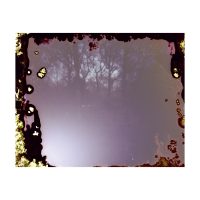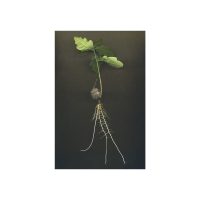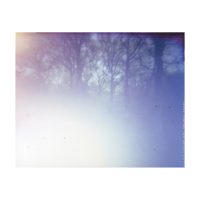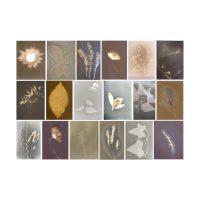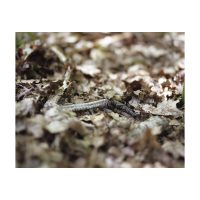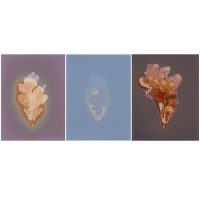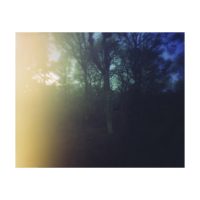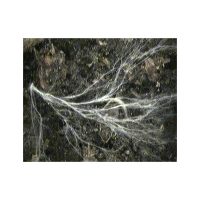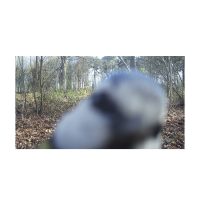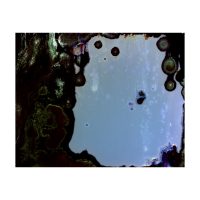Everything in the forest is the forest
A short video introducing Everything in the forest is the forest can be found here.
‘Ecosystems are so similar to human societies – they’re built on relationships. The stronger those are, the more resilient the system.’
Professor Suzanne Simard
In 2019 I read a worrying government report stating that loneliness and isolation were increasing in rural Britain. At the same time, I was learning that in contrast trees thrive and communicate in sentient, connected communities. I asked, what can we learn from the unity of the forest?
After gaining access to a circle of 12 oak trees at The Birmingham Institute of Forest Research (BIFoR), I visited them regularly to visualise and learn from their intelligent manifestation of community and exchange. Part of the University of Birmingham, BIFoR is a world leading facility pioneering research into the impact of climate change on woodlands and trees.
I found that although oaks appear to be individual entities above ground, in the subterranean world they connect their roots with fungal networks to share nutrients and information. They identify and nurture their offspring, pass wisdom to their young, and care for weak trees. They’re home to countless creatures and feed themselves and others with the leaves they shed. In death, their decay supports their ecosystem for years.
When lockdown came, thereby exacerbating the problem of human isolation in rural circumstances, I identified people living around the forest who were lonely or isolated. I delivered monthly online workshops to nurture a creative network and teach the participants forest-based photographic skills. Mirroring the social, supportive behaviour of the oaks through our collective interest in photography, we formed lasting friendships. The group said that the workshops provided much needed focus in solitary times, and we met in person for the first time in summer 2021.
To respect the balance of the ecosystem I haven’t removed anything from the forest, adapting my practice to create all work with and within its environment. This has included building 24 pinhole cameras resembling bird boxes, and installing two into each tree to record year-long exposures. I’ve created hundreds of oak leaf lumen prints, visualised root networks, produced soil chromatography, oak gall ink to paint branches, written to the trees, recorded sound, and documented the forest’s instinctive transformation to accommodate its changing needs.
I’m now collaborating with materials specialists to develop a fully sustainable photobook made from mushroom paper and botanical inks. Designed by Stanley James Press, the book will have the capacity to be safely placed back into the ground, making it part of the natural cycle from which it originated.
This work in progress is kindly supported by GRAIN, STEAMhouse, The Birmingham Institute of Forest Research, University of Birmingham and Arts Council England.
